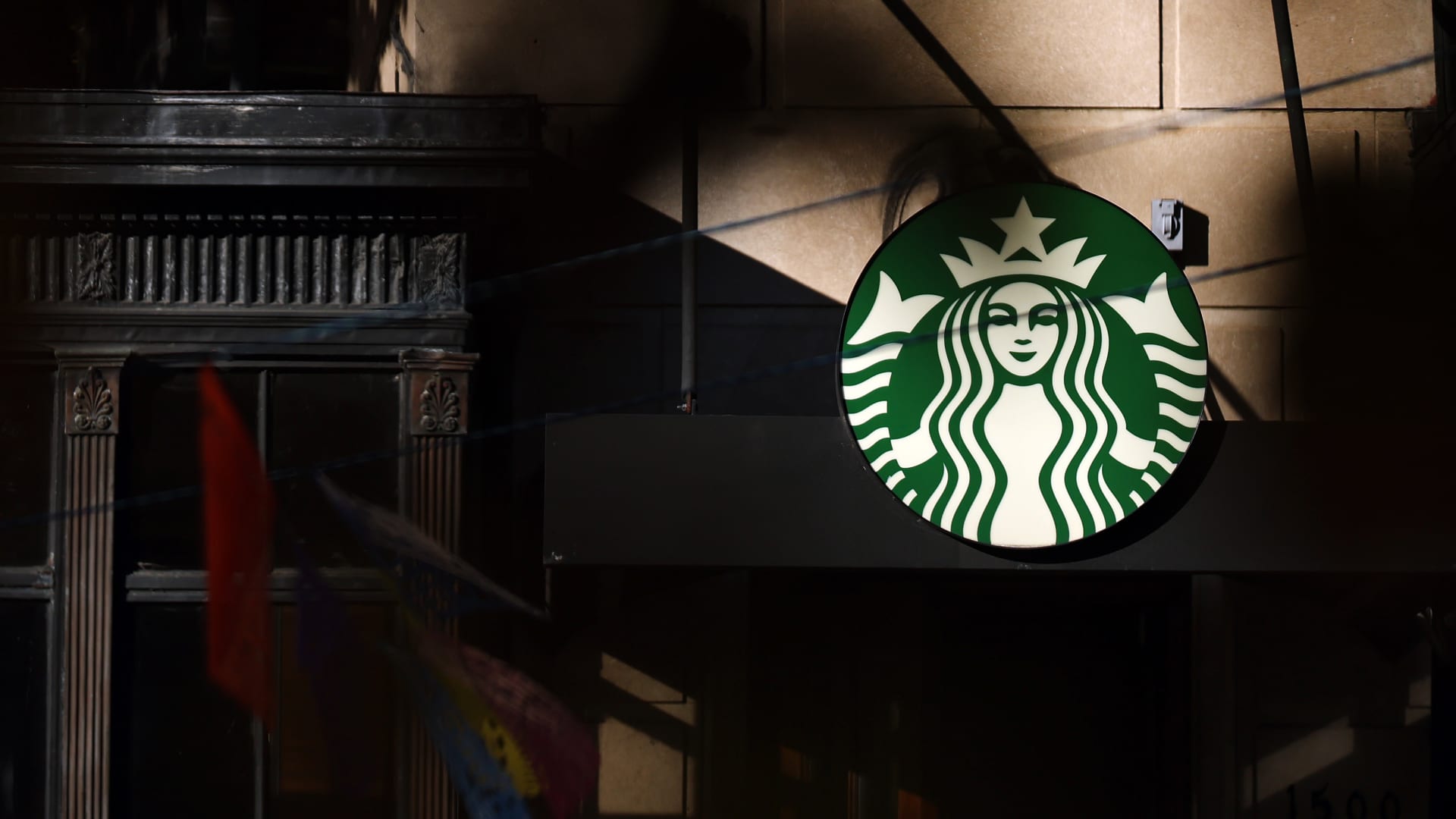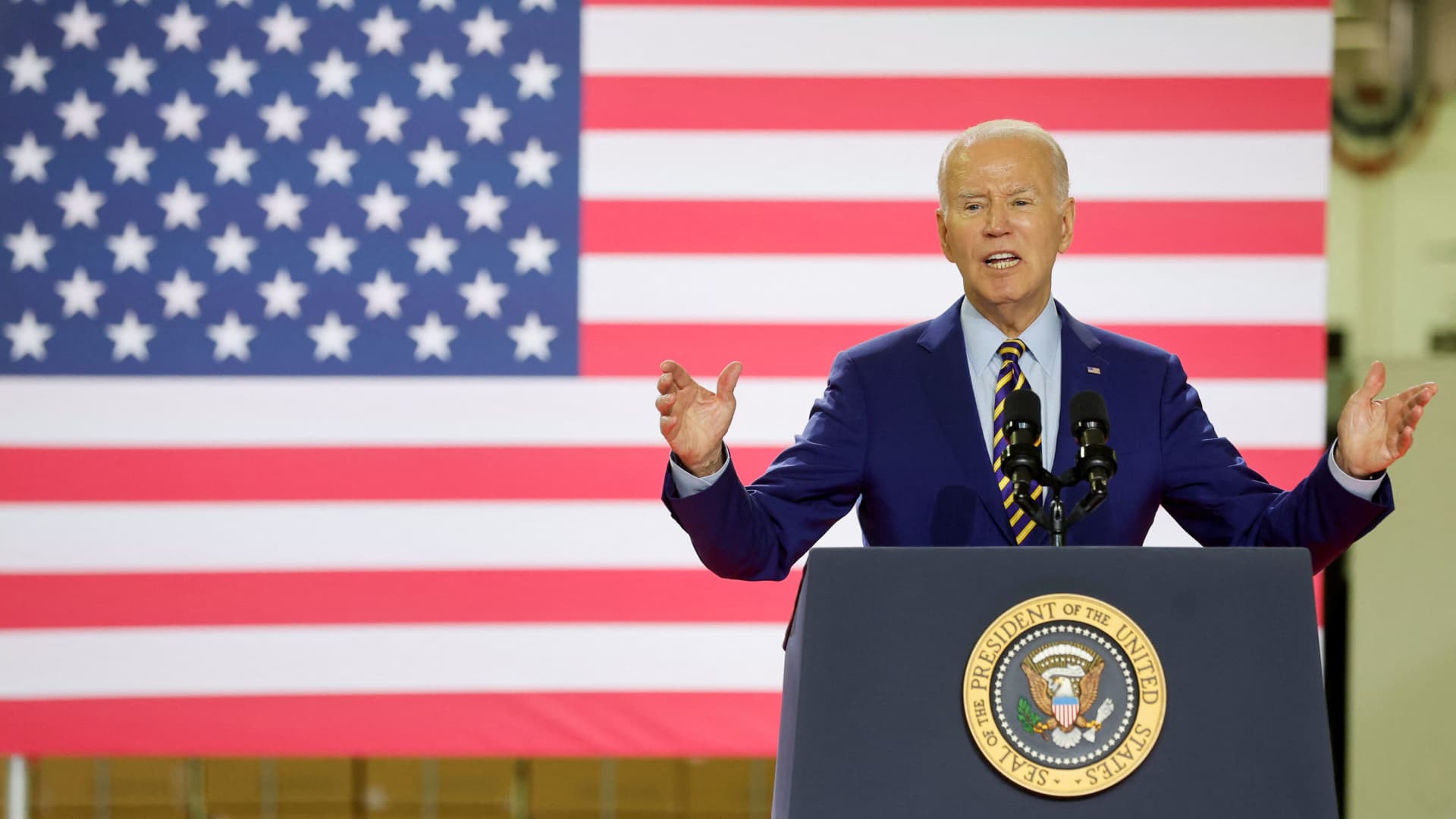On the day the Francis Scott Key Bridge collapsed in Baltimore, President Biden said the federal government would cover the “entire cost” of reconstruction, which some suggest was more than $1 billion. dollars could amount. Washington will foot the bill so the bridge and nearby port can reopen “as quickly as possible,” he said.
The hope is that much of the cost will be recouped by insurers, but the question of who is ultimately responsible for the deadly disaster is set to become one of the most complicated and expensive disputes of its kind. Rebuilding the bridge, repairing the stricken cargo ship and compensating companies for the disruption at one of the country’s busiest ports could take years.
“We will not wait,” said Mr. Biden, who plans to visit Baltimore on Friday to survey the damage.
The legal battle began this week when shipowner Grace Ocean Private Ltd. and ship manager Synergy Marine, both based in Singapore, filed a motion in U.S. District Court to limit their liability to $43.7 million. They cited an 1851 law that allows a shipowner to limit financial damages following an accident to most of the value of a ship if it is determined that the owner was not at fault.
Claims against the ship’s owner and manager must be filed in federal court in Baltimore by September 24, a judge said.
Maritime law and insurance experts said determining liability is particularly complex because of the many parties involved, from shipowners in Asia to insurers in Europe to companies around the world that transport goods in and out of Baltimore. Numerous lawsuits are expected, and the six deaths caused by the disaster add even more serious complications.
“You can’t just settle for one party and then let them disappear,” said Franziska Arnold-Dwyer, a lecturer in insurance law at Queen Mary University of London.
Investigators are still investigating what led to such a catastrophic failure on the cargo ship Dali. why the huge ship appeared to lose power and propulsion before hitting the bridge; and whether negligence was involved. The answers will impact who is liable for damages that could cost insurers and reinsurers up to $4 billion, according to industry experts.
“You’re seeing historic record losses” for marine insurers, said Sean Kevelighan, executive director of the Insurance Information Institute, a trade group. The higher estimates could exceed the roughly $1.5 billion paid out after the Costa Concordia crisis in 2012, when 32 people died when the cruise ship ran aground off the Italian island of Giglio.
Losses are mounting as the Port of Baltimore, a top destination for auto shipments, is largely closed. Officials said this week they had opened a channel around the wreckage to restrict traffic. A full reopening of the port is expected by the end of May.
Very little is known about Grace Ocean’s owner, a Japanese businessman named Yoshimasa Abe, other than that he is very wealthy.
Most of its known wealth comes from its fleet of more than 50 ships, including container ships, bulk carriers, tankers and refrigerated cargo ships. They are owned by two Singapore-based companies, Grace Ocean Private and Argosy Pte., which Mr. Abe controls through an offshore company. VesselsValue, which compiles shipping data, estimates that these ships, including the damaged Dali, are worth a total of $2.9 billion.
Shipowners often borrow large sums to buy their fleets. There is little public information about Mr. Abe’s debts, but Grace Ocean borrowed $250 million in 2010 from Mitsui & Company, a Japanese trading firm.
Mr. Abe is also the majority owner of two Chinese shipyards on islands off the coast of Ningbo, according to Sayari and WireScreen, companies that collect and analyze corporate data. Together, the two shipyards can repair more than 200 ships per year.
It is unusual for foreign companies to control Chinese shipyards, particularly in recent years as industry consolidation in the country has favored state-owned companies, said Matthew Funaiole, who has written about Chinese shipyards for the Washington-based Center for Strategic and International Studies. “There really isn’t much room for foreign ownership,” he said.
Among the 68 member companies, schools and associations focused on ship repair that belong to the China Association of the National Shipbuilding Industry, a trade group, three shipyards are foreign-owned, two of which Mr. Abe has a majority stake in.
Mr. Abe did not respond to an interview request or answer written questions about his company. “Out of respect for the investigation and legal process, we will not be making any further public statements,” Jim Lawrence, a spokesman for the Dali and Grace Ocean’s management company, said in an email. He previously confirmed that Mr. Abe owned Grace Ocean Investment Limited, a company based in the British Virgin Islands that included both Argosy Pte. and Grace Ocean Private.
If the ship’s owner is found liable, its insurer, a mutual insurance company called Britannia P&I Club, will cover the first $10 million in claims, including loss of life, debris removal, property damage and cargo damage. The Dali was Transportation of products such as paper, US soybeans for China and some hazardous materials, According to Concirrus, a provider of marine insurance data, and DG Global, an agricultural exporter with goods on the ship.
Beyond $10 million, the 12 clubs, including Britannia, that make up the London-based International Group of P&I Clubs and which together insure about 90 percent of the world’s maritime tonnage would share damage costs of up to $100 million. For losses over $100 million, dozens of reinsurers will cover costs of up to around $3 billion.
The $3 billion figure is so widely known that it could become a target for companies seeking compensation. “Some reinsurers are expecting the worst,” said Hugo Chelton, managing director at Howden, a reinsurance broker.
The global reinsurance industry ended last year with $670 billion in capital, according to Aon, an insurance broker. While the bridge damage promises to be costly, it is unlikely to be among the largest payouts reinsurers have faced recently. Hurricane Ian, which hit Florida in 2022, caused more than $50 billion in insured losses.
Sridhar Manyem, an analyst at AM Best, an insurer ratings agency, said the potential losses from the bridge collapse did not appear to be large enough to cause long-term damage to insurers or reinsurers. “It shouldn’t impact their balance sheets,” he said.
While a significant proportion of claims may be directed at marine insurers, other companies affected by the bridge and port closure may claim under other policies to cover their losses, in addition to the insured losses caused by the incident.
Scott Cowan, president of the International Longshoremen’s Association Local 333, the union that represents Baltimore longshore workers, said Tuesday that nearly 2,000 workers were still doing work at the port, such as unloading cargo that arrived before the bridge collapsed was.
Mr Cowan said union leaders had appealed to the federal and state governments for help. “The longer the canal is closed and the longer we are out, the bigger the problem becomes,” he said. Many port jobs are day jobs rather than full-time, so they only last as long as there is work to be done.
Government money for companies whose operations have been disrupted may not be fully recovered from insurers, said Oscar Seikaly, chief executive of NSI Insurance Group, an insurance broker.
When Washington stepped in with emergency aid after an economic disaster in recent years, taxpayers were later able to largely cover the costs, although the international scope of claims in the Baltimore Bridge collapse will add complexity to the process.
Rep. Dan Meuser, Republican of Pennsylvania, said he was outraged that Mr. Biden immediately offered to use federal money to finance the bridge’s reconstruction without considering other sources of funding, including the Dali’s owners and insurers.
“Insurance payments could potentially cover the entire cost of rebuilding the bridge without having to spend taxpayer money,” he said.
Robyn Patterson, a White House spokeswoman, said the party or parties responsible must be held accountable, but added: “We are not waiting to begin this critically important infrastructure project.”
Alain Delaquérière contributed to the research.
Source link
2024-04-05 09:07:59
www.nytimes.com












